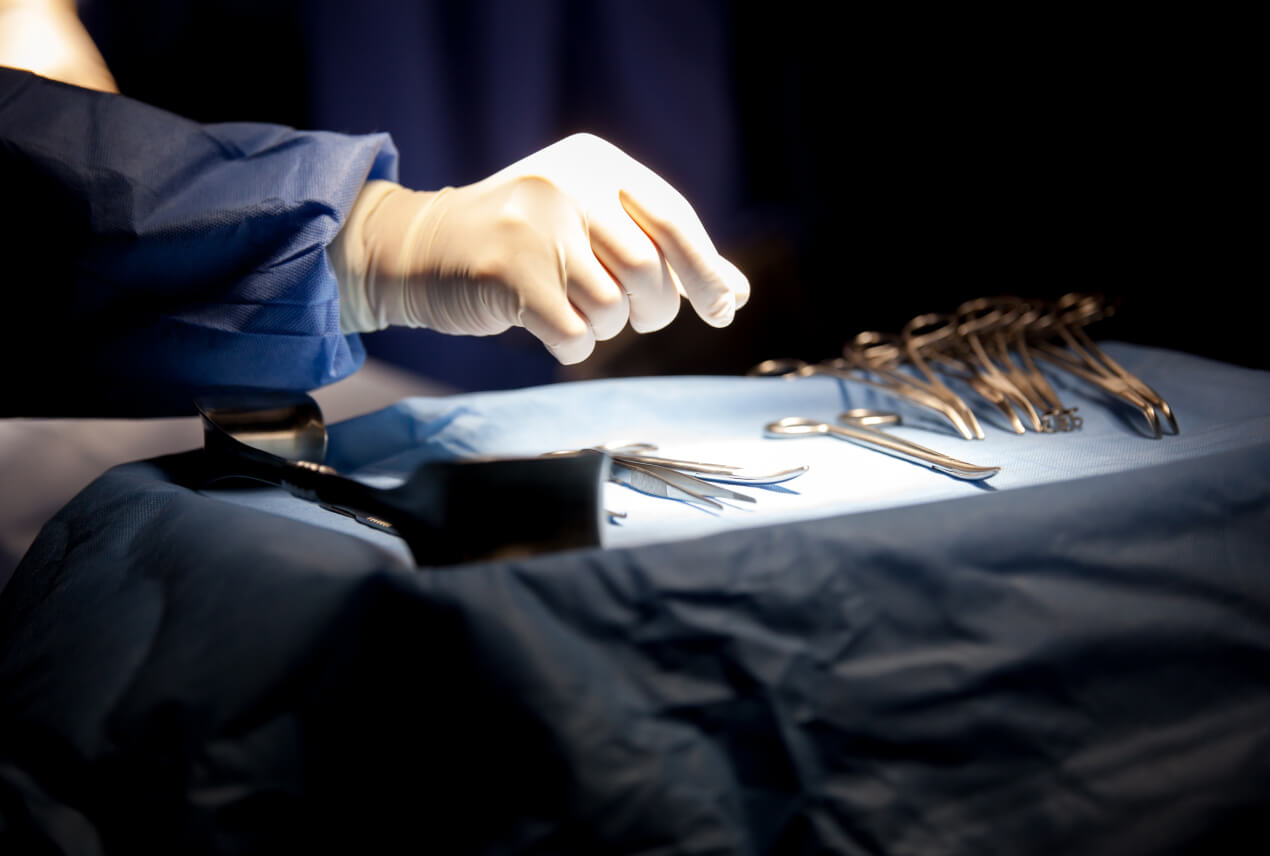A hysterectomy is a surgical procedure to remove your uterus, or womb. It's a major operation with a significant recovery time, so it is usually only considered after exploring other less invasive treatment options.
It is a very common procedure: Nearly 500,000 women have hysterectomies in the United States each year. You are no longer able to get pregnant or have any periods after a hysterectomy.













